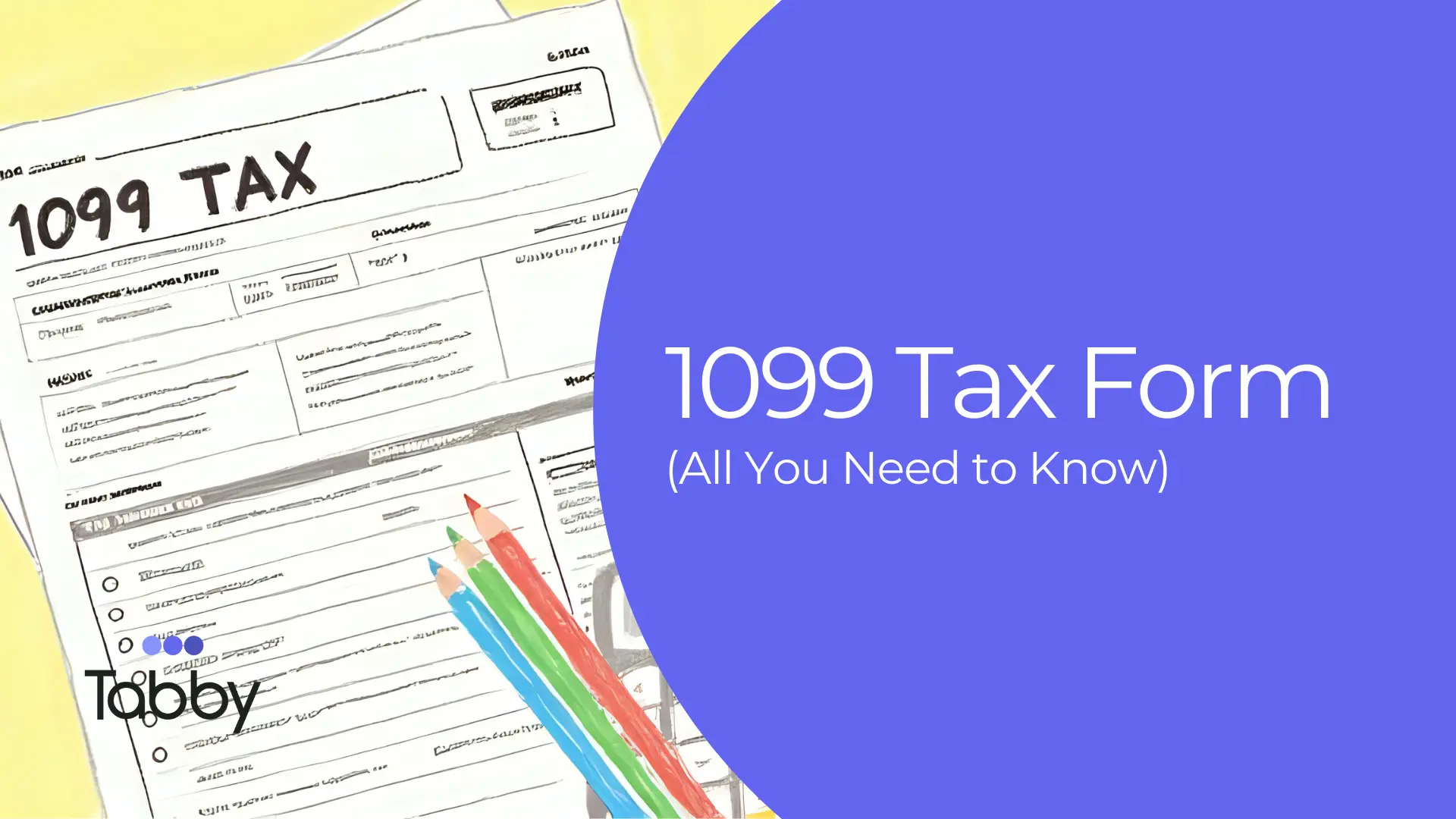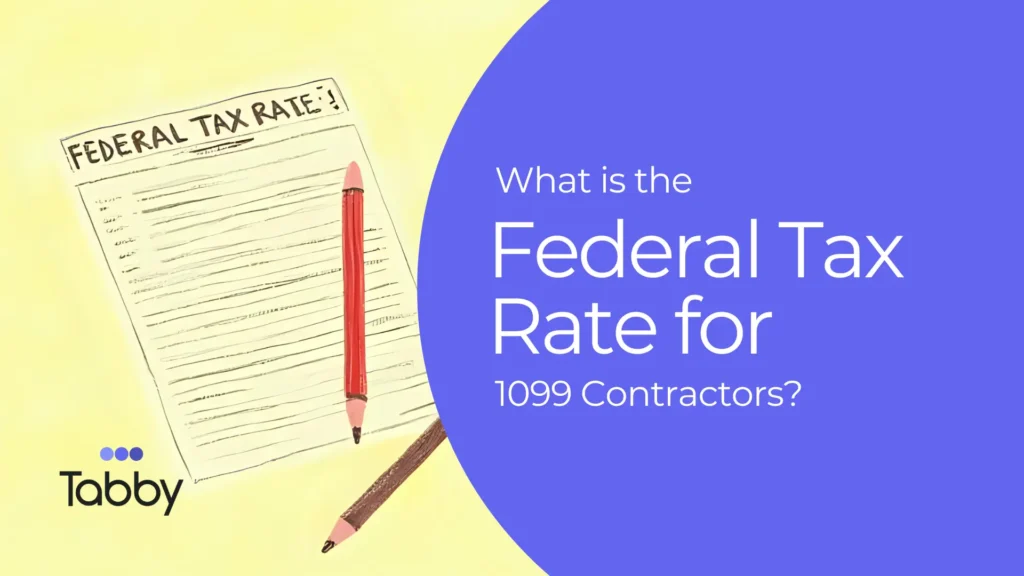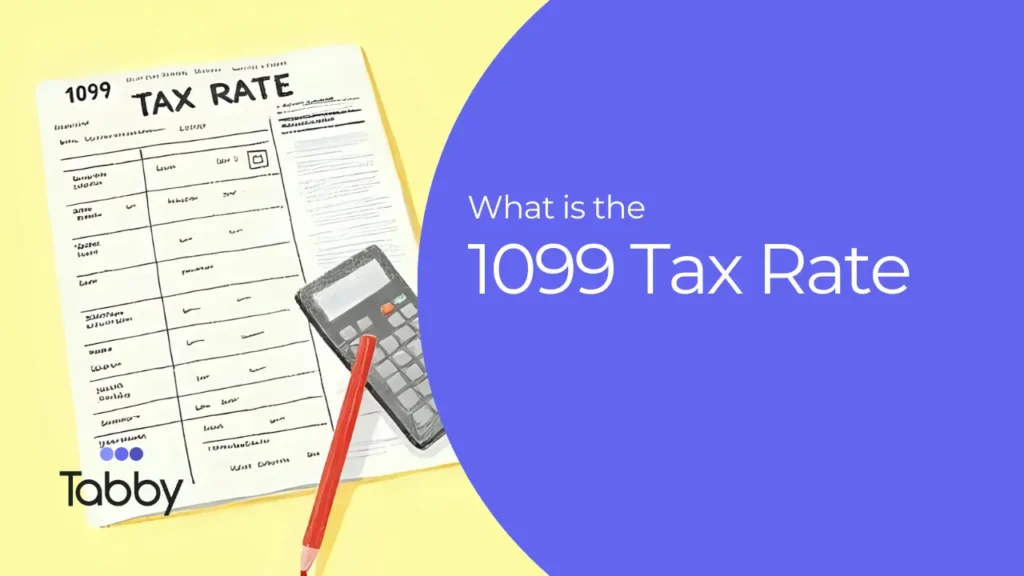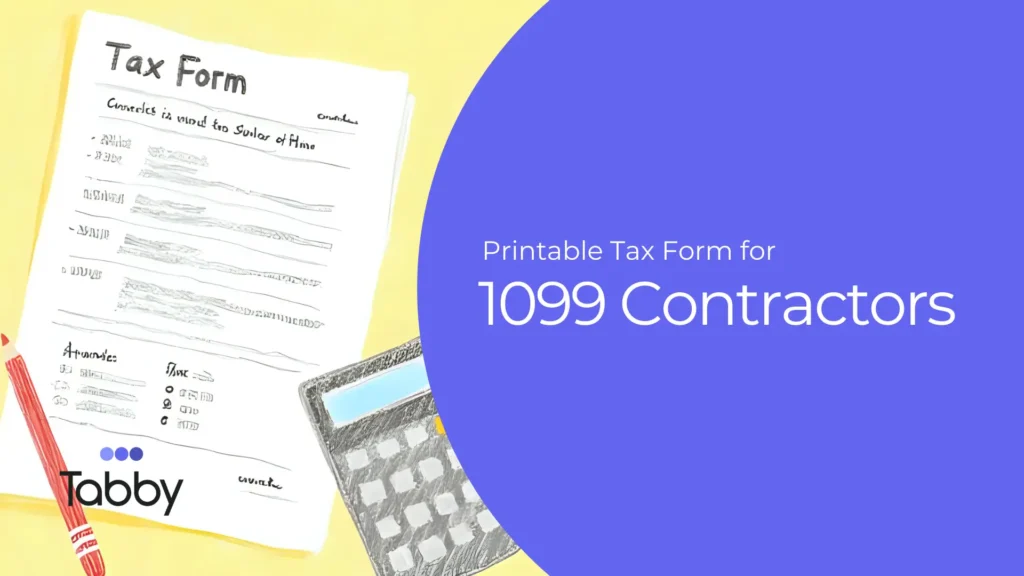- Tax Preparation,
- | October 23, 2025
1099 Tax Form (All You Need to Know)

If you’re self-employed, a freelancer, gig worker, or just picking up some side hustle income, chances are you’ve already seen a 1099 tax form in the mail (or email). And if you’re like most people I’ve worked with as a CPA over the last decade, the first time you got one, you probably asked yourself:
“What is this thing?”
“Do I file it? Do I keep it? Do I send it to the IRS?”
“Why are there so many versions of it?”
I get it. The 1099 tax form is one of the most common IRS forms, but it’s also one of the most confusing because it’s not just one form. There are a bunch of different 1099s, and depending on what kind of income you earned, you might get more than one in a year.
I’ve seen clients walk into my office with a whole stack of Uber driving income on a 1099-K, freelance design work on a 1099-NEC, some bank interest on a 1099-INT, and maybe even dividends from an old Robinhood account on a 1099-DIV. And they’re holding them like playing cards, asking me, “What do I even do with these?”
So in this article, I want to break it down in plain English: what the 1099 tax form actually is, who gets one, the different types, how you file taxes with them, and the mistakes you really want to avoid.
What Is a 1099 Tax Form?
The simple answer: a 1099 is the IRS’s way of keeping tabs on money you earn that isn’t reported on a W-2.
If you’re an employee, your boss gives you a W-2 showing wages, taxes withheld, and so on. That’s simple. But if you’re not an employee, say you’re a freelancer, contractor, gig worker, investor, or landlord, nobody is taking taxes out for you. Still, the IRS wants to know about that money.
So the 1099 is how whoever paid you tells the IRS, “Hey, we paid this person.” A copy goes to you, and a copy goes to the IRS. That’s why you can’t just ignore it.
Who Gets a 1099?
Here’s who I see getting them most often in my practice:
- Freelancers and contractors: Do work for a client, get paid $600 or more in a year? They should issue you a 1099-NEC.
- Gig workers: Uber drivers, DoorDash delivery, Etsy sellers, YouTubers, Twitch streamers. Platforms send you a 1099-K or 1099-NEC, depending on how payments flow.
- Investors: Earned bank interest or stock dividends? You’ll get 1099-INT or 1099-DIV.
- Landlords and others: Rent, royalties, prize money, even lawsuit settlements often come through on a 1099-MISC.
If you’ve earned money outside of a regular paycheck, odds are a 1099 is coming your way.
Different Types of 1099s
This is where people get overwhelmed because there isn’t just one. There are more than a dozen flavors of 1099. The big ones I see all the time:
- 1099-NEC – This is for non-employee compensation. The bread-and-butter for freelancers, contractors, and gig workers. If you earned $600+ from a client, this is the one.
- 1099-MISC – Miscellaneous income. Rent, royalties, prize money, certain legal payments.
- 1099-K – This one comes from payment platforms like PayPal, Stripe, Venmo, Uber, or DoorDash. It reports transactions processed through them.
- 1099-INT – Bank interest. Even $12 of interest on your checking account can generate one.
- 1099-DIV – Dividends from stocks and mutual funds.
- 1099-R – Retirement distributions. Pensions, IRAs, 401(k) withdrawals.
- 1099-SA – Withdrawals from an HSA or MSA.
- 1099-G – Government payments like unemployment.
It’s not unusual for someone to have three or four in one year. What matters is understanding what each one represents and where it needs to go on your tax return.
How to File Taxes with a 1099
Here’s where people really get tripped up. You don’t “file” the 1099 itself. You use the information on it to complete your tax return. 1099 Taxes can be tricky, but not for you if you know what to do.
For freelancers and gig workers, the path usually looks like this:
- Take the income listed on your 1099-NEC or 1099-K.
- Report it on Schedule C (Profit or Loss from Business), which attaches to your main Form 1040.
- Deduct your business expenses, things like auto expenses, home office, software, supplies, travel, meals, etc.
- Pay taxes on the net profit (income minus expenses).
This is also where quarterly estimated taxes come into play. Unlike W-2 workers, nobody is withholding taxes for you. The IRS expects you to send in payments four times a year. Miss them, and you’ll face penalties.
If you get a 1099-INT, 1099-DIV, or 1099-R, those get reported in different spots on the 1040. But the idea is the same: they all flow into your 1040.
Mistakes I See All the Time with 1099s
Let me save you some headaches. These are the mistakes that keep repeating year after year:
- Forgetting one: The IRS has a copy too. If you skip it, they’ll send you a notice.
- Double-counting: This happens when you get both a 1099-K and a 1099-NEC for the same work. If you’re not careful, you’ll report it twice and overpay.
- Not tracking expenses: If you just report income without expenses, you’re donating extra money to the IRS.
- Waiting until April: By then, it’s too late to go back and track all your deductions cleanly.
I once had a client, a rideshare driver, who kept every single gas receipt rubber-banded in a shoebox. He thought that was enough. But when we matched those receipts against his bank account, he had missed half of his actual car expenses, insurance, repairs, and maintenance because they weren’t in the shoebox. That mistake was costing him thousands.
How Tabby Makes Life Easier
This is exactly why I built Tabby. After years of watching freelancers and small businesses scramble every tax season, I knew there had to be a better way.
Tabby connects to your bank and credit cards, automatically finds and categorizes business expenses, and keeps track of your income, whether it’s on a 1099-NEC, 1099-K, or something else.
At tax time, you’re not scrambling with receipts or guessing what was business vs. personal. You just pull a clean, tax-ready report that you can hand to your accountant (or use to file yourself).
I’ve seen people discover thousands in missed deductions simply by letting Tabby pull in their transactions. And the biggest win? Less stress. You don’t have to wait until tax season. Tabby works all year, in the background, so you’re always prepared.
Final Thoughts
Here’s the bottom line: the 1099 isn’t scary once you know what it is. It’s just the IRS’s way of making sure your non-W-2 income gets reported. The challenge is keeping track of all the different versions and making sure you don’t overpay.
That’s where year-round organization matters. Don’t wait until April to figure it out. Track your income and expenses as you go, and use tools that do the heavy lifting for you.
Because at the end of the day, the less time you spend worrying about forms, the more time you have to focus on your work and the more money you get to keep in your pocket.Stay tax-ready all year. Try Tabby free and let it handle your 1099s for you.
FAQs About 1099s
What is a 1099 tax form used for?
It’s for reporting income not on a W-2. Think freelance, gig work, interest, dividends, retirement withdrawals, etc.
Do I need to file taxes with a 1099?
Yes. The IRS gets a copy too. If you don’t report it, expect a notice.
What types of 1099s are most common?
1099-NEC, 1099-MISC, 1099-K, 1099-INT, 1099-DIV, 1099-R.
How do I report 1099 income?
Freelancers usually use Schedule C with their 1040. Investors and retirees report theirs on different schedules, but it all flows to the 1040.
How does Tabby help?
It keeps everything organized, prevents double-counting, and makes sure deductions aren’t missed.




